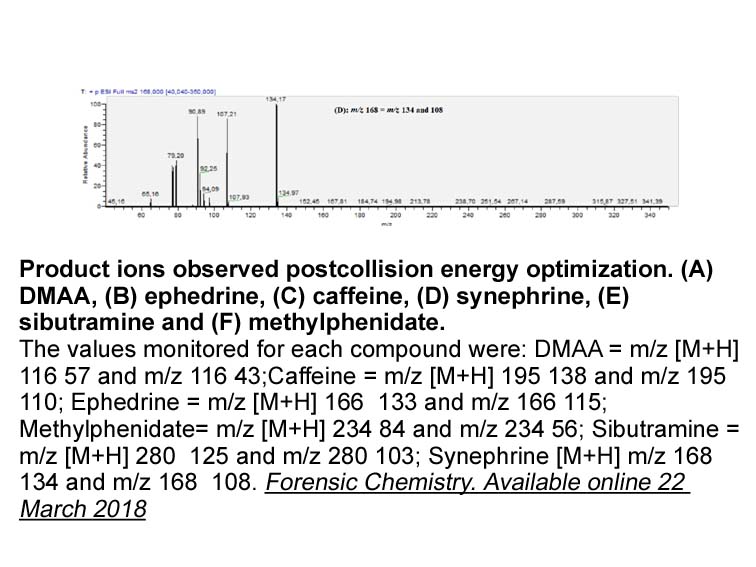Archives
br Materials and methods br Results To explore the potential
Materials and methods
Results
To explore the potential role of autophagy in drug resistance, we firstly performed immunohistochemistry to compare the Ethacrynic Acid of p62 in paired primary, metastatic, and recurrent tumor tissues from 26 ovarian cancer patients. The expression of p62 was revealed to be primarily located in the cytoplasm. The results showed that the protein expression level of p62 was significantly higher in primary ovarian cancer tissue (2.12 ± 0.15) than in patient-matched metastasis (1.42 ± 0.13) and recurrent (1.35 ± 0.17) ovarian cancer tumors. Furthermore, the difference was considered statistically significant (P value of metastatic vs. primary = 0.001; P value of recurrent vs. primary = 0.002), although no statistical difference of the overall mean p62 immunostaining scores was observed between metastasis and recurrent ovarian cancer tumors (P value of metastatic vs. recurrent = 0.723, Fig. 1A). Follow-up data was analyzed to compare the association of p62 expression and ovarian cancer progression and prognosis. Patients were grouped based on their p62 expression score in the primary ovarian cancer tissues (weak p62 staining score ≤ 2, and strong p62 staining score ≥ 3, Fig. 1B). Kaplan-Meier survival analysis showed a significant tendency of p62 overexpression towards favorable prognosis in both OS (Fig. 1C) and DFS (Fig. 1D), with P values at 0.036 and 0.010, respectively. However, no statistically significant differences were found between p62 expression and the stage, grade and ascites of ovarian cancer patients (Supplementary Table S1).
Paclitaxel treatment up-regulates the activity of autophagy, while HCQ and 3-MA down-regulate autophagy level in MDR ovarian cancer cells.
Inspired by the results of the p62 immunostaining in TMA, we further examined the related expression of p62 in two pairs of well-characterized drug sensitive and resistant cancer cell lines, SKOV3/SKOV3TR and U2OS/U2OSR2 respectively. Western blots with Pgp revealed that the MDR cell lines, SKOV3TR and U2OSR2, had higher expression of Pgp than their paired sensitive cell line. Inversely, SKOV3TR and U2OSR2 expressed significantly lower levels of p62 when compared with their respective drug sensitive cell line. Importantly, the levels of autophagy related proteins Atg5 and Beclin-1 were higher in SKOV3TR and U2OSR2 when compared to their drug sensitive cancer cell lines (Fig. 2A and B). This data indicates that once development of drug resistance occurs, cancer cells can exhibit a high level of autophagic activity.
Paclitaxel is the first line chemotherapeutic agent in the treatment of ovarian cancer. Ovarian cancer cells were treated with 1 μM of paclitaxel for 24 h and any changes of autophagy levels were assessed by western blots (Fig. 2C). Paclitaxel treatment caused p62 to decrease significantly in SKOV3TR cells. In addition, LC3-II—another autophagy marker—was increased following paclitaxel treatment, and this increase was inversely correlated with a decrease of p 62. Importantly, the changes of Belin-1 and Atg5 were similar to those of LC3-II. This data indicates that paclitaxel treatment activated an autophagic response in MDR ovarian cancer cells. To determine whether paclitaxel-induced autophagy can be blocked by autophagy inhibition, we treated SKOV3TR cells with paclitaxel in the absence or presence of autophagy inhibitors. Two autophagy inhibitors HCQ and 3-MA were used due to their different functional mechanisms. Treatment with either HCQ or 3-MA resulted in an accumulation of endogenous p62 as compared with paclitaxel treatment alone. 3-MA also decreased paclitaxel-induced LC3-II levels. Similarly, Beclin-1 and Atg5 both decreased in HCQ and 3-MA treatment. Another method to measure autophagic flux is the monitoring of LC3 turnover. As indicated in the western blot results, the difference in LC3-II levels in the presence and absence of HCQ was larger under paclitaxel treatment, which indicated that autophagic flux increased during paclitaxel treatment (Fig. 2D). In addition, effects of treatment with paclitaxel and autophagy inhibitors were also assessed in multidrug resistant osteosarcoma cell line U2OSR2 (Supplementary Fig. S2). Therefore, autophagy inhibitors may have the ability to block paclitaxel-induced autophagic activity in drug resistant ovarian cancer cells.
62. Importantly, the changes of Belin-1 and Atg5 were similar to those of LC3-II. This data indicates that paclitaxel treatment activated an autophagic response in MDR ovarian cancer cells. To determine whether paclitaxel-induced autophagy can be blocked by autophagy inhibition, we treated SKOV3TR cells with paclitaxel in the absence or presence of autophagy inhibitors. Two autophagy inhibitors HCQ and 3-MA were used due to their different functional mechanisms. Treatment with either HCQ or 3-MA resulted in an accumulation of endogenous p62 as compared with paclitaxel treatment alone. 3-MA also decreased paclitaxel-induced LC3-II levels. Similarly, Beclin-1 and Atg5 both decreased in HCQ and 3-MA treatment. Another method to measure autophagic flux is the monitoring of LC3 turnover. As indicated in the western blot results, the difference in LC3-II levels in the presence and absence of HCQ was larger under paclitaxel treatment, which indicated that autophagic flux increased during paclitaxel treatment (Fig. 2D). In addition, effects of treatment with paclitaxel and autophagy inhibitors were also assessed in multidrug resistant osteosarcoma cell line U2OSR2 (Supplementary Fig. S2). Therefore, autophagy inhibitors may have the ability to block paclitaxel-induced autophagic activity in drug resistant ovarian cancer cells.